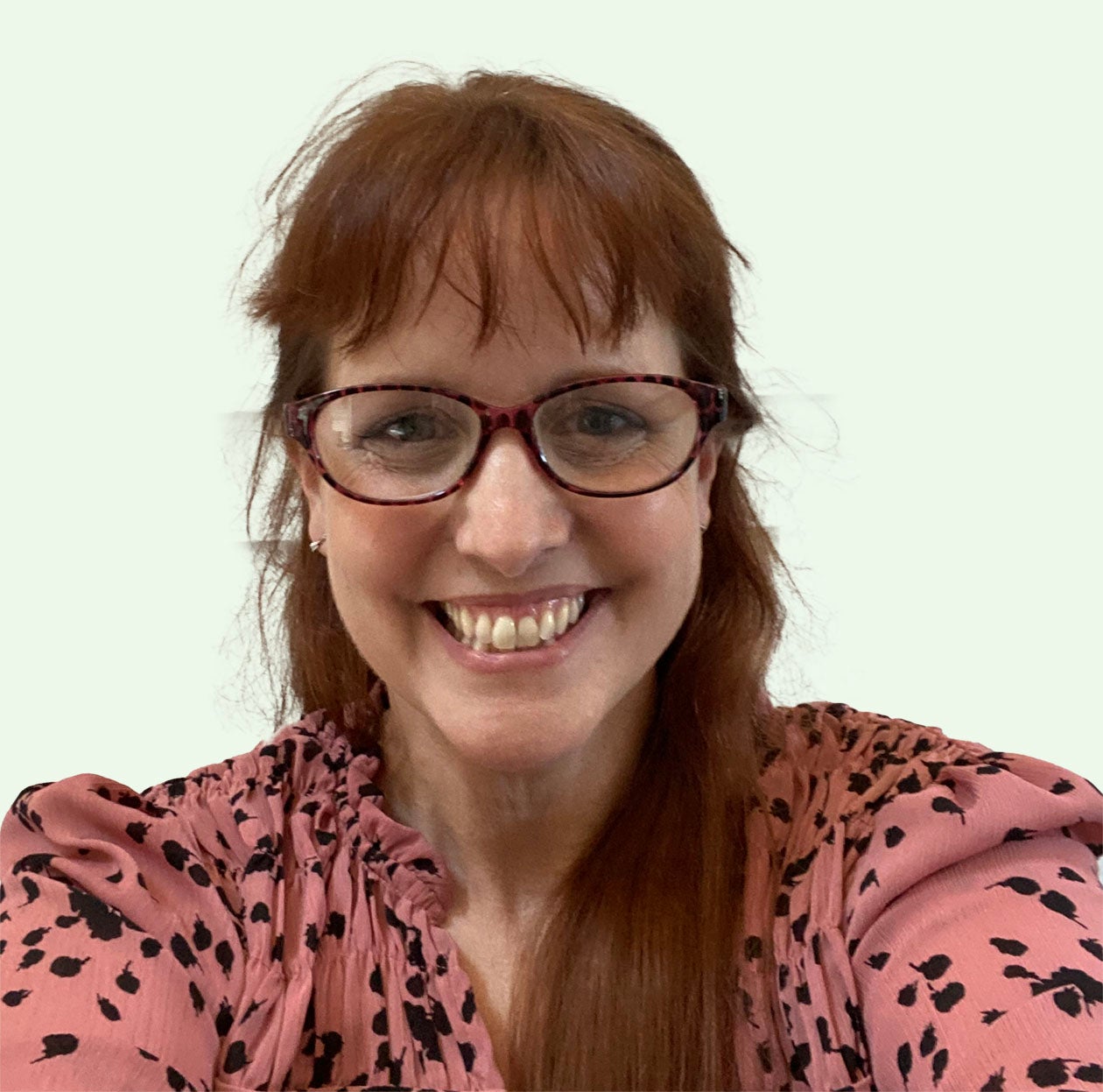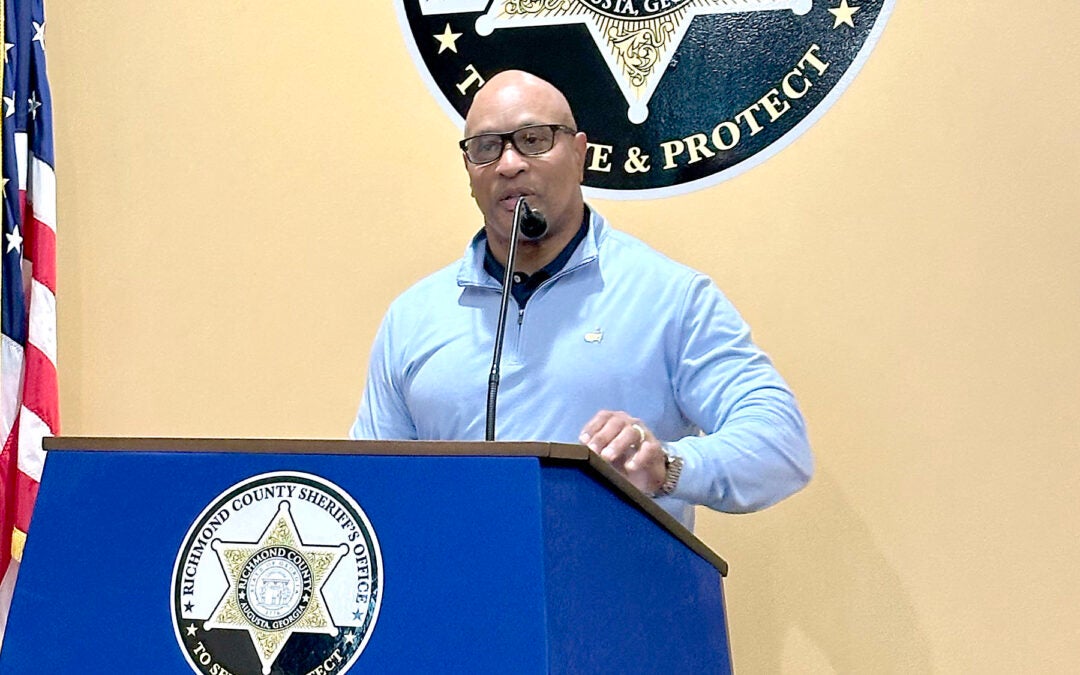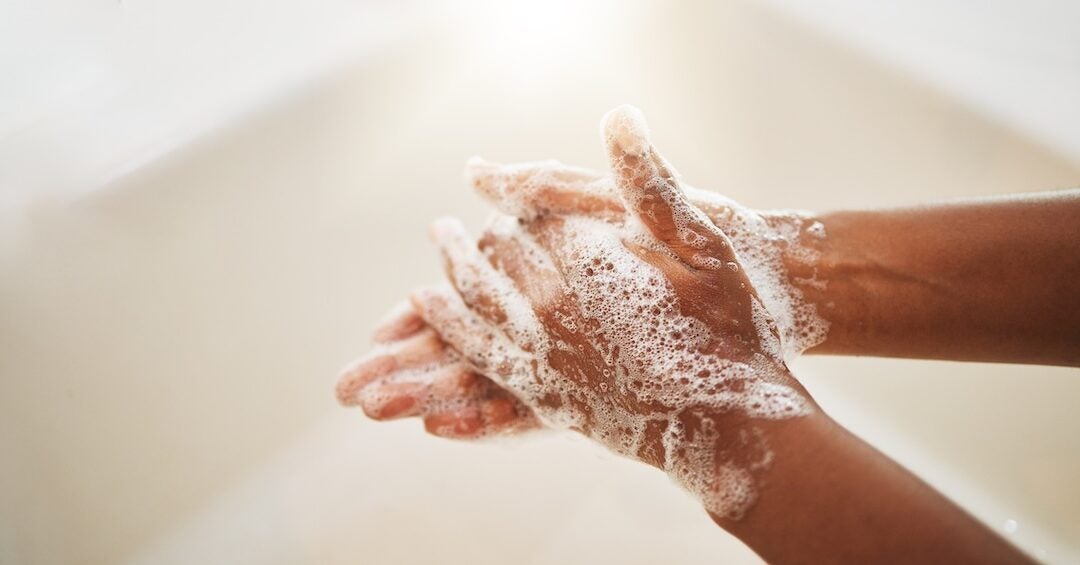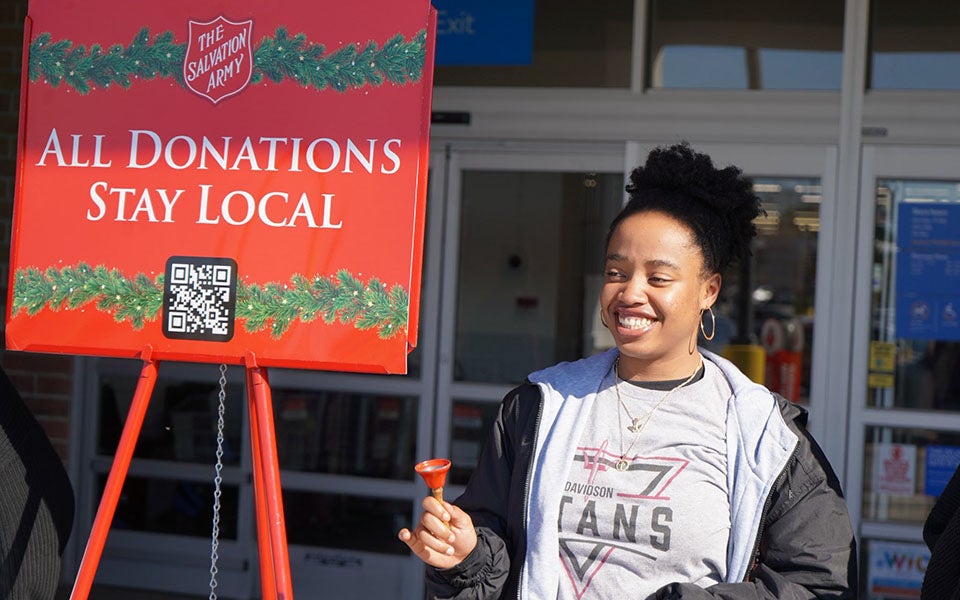The stories came quickly when I recently asked in an active Facebook Group called “Columbia County Schools: The Good, The Bad, The Evil” for personal experiences about bullying. Some users posted openly, while others used anonymous accounts. Some parents and teachers sent me private messages. Parents described kids coming home crying, some with physical injuries, and teachers afraid to speak up. Each story was different, but they all shared common themes. Kids being picked on for differences, being humiliated by peers or sometimes even by adults, and families often being dismissed by administrators. One mother told me she finally pulled her child out of school after an incident with a school counselor that left him sobbing in shame. “The adults were the bullies,” she said.
For the past couple of weeks, Columbia County mourned the suicide of a sixth grade student at Harlem Middle School. I haven’t reached out to the family because I feel they deserve space and peace. However, like many others in our community, I’ve watched and paid attention to the conversations. People are heartbroken, angry, and asking how this could happen here? Last year, when an eighth grader at SAIL took her own life, many asked the same thing. We wondered it then, and we’re asking now, but unless we take a real long look in the mirror and do something different, we’ll be asking it again.
I fear that we won’t focus on this moment long enough to make any actual changes. Tragedy often prompts immediate strong emotions, but as time marches on, people move on to the next thing, while families are left on their own to deal with the grief of broken dreams and a hole in their hearts on their own. I have been encouraged by the amount of energy from Harlem, though. Still, if we in Columbia County truly want to stop this from happening again, we have to look beyond just this one heartbreaking story and ask harder questions about what kind of culture our schools and community have built together.
In response to questions about bullying and suicide prevention, Associate Superintendent Penny Jackson stated that Columbia County schools emphasize respect and responsibility throughout the year and that administrators “fully investigate and address incidents” that come to their attention. She cited several programs designed to educate students and encourage reporting, including PBIS (Positive Behavioral Interventions and Supports), the “See Something, Say Something” initiative, the CCSD anonymous tip hotline, and awareness campaigns such as Bullying Prevention Month (October), Red Ribbon Week, and the Signs of Suicide program. Jackson added that each school also “provides dedicated teams of Professional School Counselors, Psychologists, and social workers solely dedicated to ensuring the well-being of our students.” More broadly, district leaders emphasized that “collaboration is key across all departments.”
Interestingly, the district’s tip hotline relies on phone access. However, under the district’s new cell phone restrictions, students are prohibited from using their phones during the school day. That policy may unintentionally make it harder for students to report concerns in real time if they don’t feel safe reporting concerns in person to a counselor, teacher or administrator.
The stories I heard from the community spanned all ages and schools. One family was harassed to the point of moving out of their Harlem neighborhood. The bullying followed their child from the school to their front yard, but police wouldn’t act because the kids were under 10. The school didn’t act either when incidents occurred on campus. Another mom showed a picture of her child’s bloodied face after another child at the elementary school attacked her. She picked her up from school and drove straight to the ER.
Sometimes the line between victim and aggressor isn’t clear. Two parents from the same school each sent me private messages claiming the other’s child was the bully. That tension highlights the complexity of these situations and how easily they can escalate, especially when trust breaks down between families, schools, and community leadership.
The gap between those measures is notable. At Harlem Middle School, the data shows 95.11 for officially reported bullying incidents, but 54.01 for bullying/safety on surveys. Greenbrier Middle School shows a similar pattern, 98.44 for official reports but 64.89 on surveys.
Administrators and school board members often emphasize that they can only report incidents to the state if they meet the legal definition of bullying. Under Georgia law, bullying includes any intentional written, verbal, physical, or online act meant to threaten, harass, or intimidate another student, not only those causing physical harm, but also those that substantially interfere with a student’s education or create a hostile environment. It seems, though, that it’s often only reported to the state after visible harm occurs. Bullying affects education long before a parent is called to pick up a bloodied child. Persistent harassment, intimidation, and social/emotional bullying all count, or they should. This system appears to reward districts for sweeping the problem under the rug rather than addressing it directly.
Families of students with disabilities told me that their children are often more vulnerable to bullying. When these students react, their responses are treated as merely “behaviors” symptomatic of their disability rather than a reaction to abuse. Advocates for special education echoed those concerns, saying that while district procedures may look strong on paper, outcomes often depend on the school principal. Further, they expressed that some parents of special needs children may feel intimidated out of pushing too hard to address concerns of bullying in fear that any perceived increase in friction with the district will cause retaliation and jeopardize decisions on placement or services.
In contrast, Sharard Pritchett, director of Special Education Services, explained that placement decisions and interventions are decided by each student’s IEP team “based on data, progress toward goals, and the least restrictive environment.” Additionally, Patricia Sonnier, one of the advocates I spoke with, noted that other districts she has worked with make a more intentional effort to celebrate differences. “Inclusion is seen as a strength,” she said. “[In Columbia County] there’s still pressure for every child to fit the mold.” That pressure, she added, can make neurodivergent students especially vulnerable, and can leave schools reactive instead of proactive when bullying happens.
That pressure doesn’t stop with students, though. It runs through the whole community. Difference is often seen as something to fix or hide rather than something to understand, let alone celebrate. Not every child or family will fit neatly into local expectations because of disability, identity, or circumstance, and that can leave people isolated. Adults, too, struggle to accept differences, especially as Columbia County grows more diverse. Change can make people uncomfortable, particularly in a community proud of its traditions. The county’s growth brings new families, cultures, and perspectives, and learning to make space for that diversity is part of becoming the kind of community we claim to be.
The same impulse that prompts schools to maintain their image often manifests in neighborhoods, workplaces, and churches as well, stemming from a desire to believe that everything is wonderful. But sticking our heads in the sand has deadly consequences. When children die by suicide, grief can turn quickly to blame, yet few talk about how hard it is to access mental-health care when families reach for help. Many face long waits for counseling, a shortage of local providers, and significant gaps in crisis care.
The Columbia County School District has programs and employs counselors, psychologists, and social workers; however, a school district is not a mental health hospital. School staff can offer support and referrals, but they cannot fill all the gaps left by an under-resourced mental health system. While we expect schools to keep our kids safe, it’s also unrealistic to expect the school district to overcome a community culture that discourages honest conversation about struggles, differences, and emotional pain. If we expect our schools to protect students, the rest of us must create a community where it’s safe to be human, where differences aren’t merely managed but respected, and where resources are available for families.
After every tragedy, there’s a burst of compassion and grief. Then, slowly, life in Columbia County will resume its familiar rhythm… the same meetings, sports schedules, and the same insistence that everything here is “the best.” Children are still hurting, though, and families are still begging to be heard.
If we truly want change, we’ll have to do more than post condolences or demand the schools “fix it.” It will take every part of this community (schools, parents, churches, neighbors) choosing to notice every child, to ask harder questions, and to speak up when something isn’t right. We pride ourselves on being a good, safe place to raise children, but that pride can sometimes turn to defensiveness. Too often, when someone points out a problem, the response is, “If you don’t like it here, move.”
Many of us speak up not because we dislike this place, but because we care deeply about it, and about all the people here. The bullying problem in our schools isn’t separate from the rest of us. It’s a reflection of who we are together. When we face that truth with compassion instead of denial, we will become the kind of community where every child feels seen, safe, and valued.










